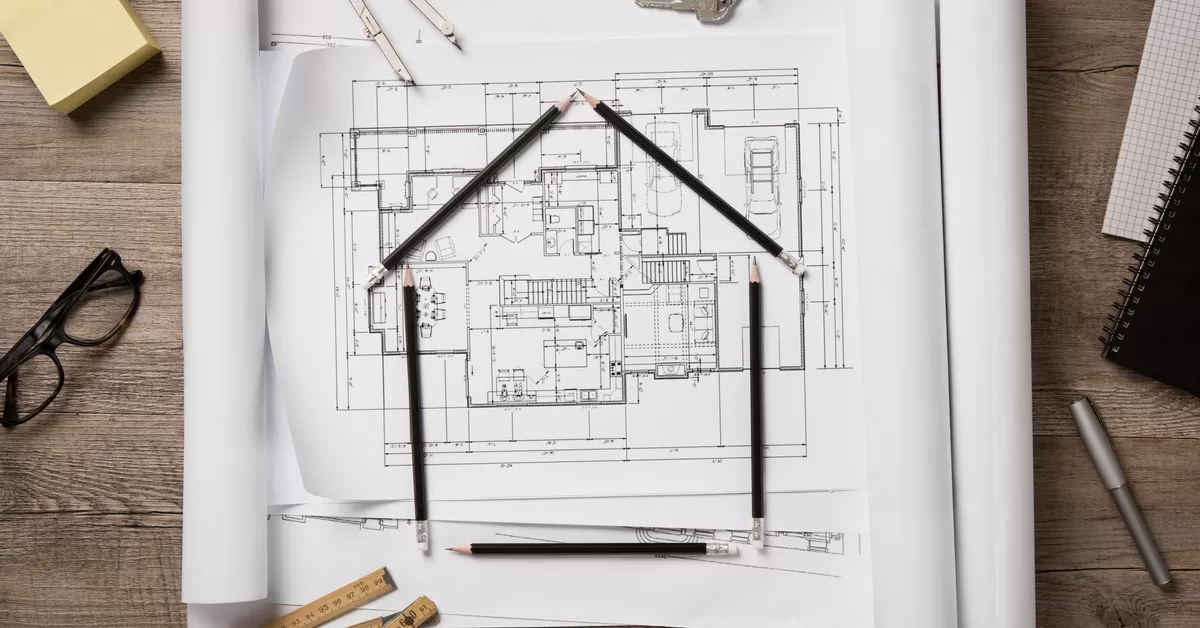Pros and Cons of Phased Home Renovations

Phased renovations enable homeowners to break large projects into smaller, more manageable parts, aligning with their budget or schedule, while others allow the plan to evolve. This approach can be incredibly practical, though it isn’t without its trade-offs.
Let’s walk through the pros and cons of phased home renovations to help you weigh your options.
Budgeting in Real Life
Breaking a renovation into phases gives you room to breathe financially. You can fund each step over time through monthly savings, bonus checks, tax refunds, or smaller loans. And for many homeowners, this makes it easier to get started without waiting years to save for one large project.
That said, spacing out work over months or years often means you’ll face rising prices. Labor costs can fluctuate, and materials, such as lumber, tile, or appliances, don’t always stay in stock or at the same price. Something that costs $8,000 today might be $11,000 a year from now.
When you’re relying on future savings or financing, it's helpful to build in some financial cushion.
Living Through Construction
The primary reason people opt for a phased approach is related to their living situations. Homeowners don’t want to uproot if it isn’t necessary. Tackling projects one at a time usually means you can stay in your home while the renovations are underway. That saves you from the cost and hassle of renting short-term housing, boarding pets, or moving your entire family temporarily.
Unfortunately, spreading out the work means you’ll be living in a construction zone longer, possibly over the course of a year or more. While each phase might only take a few weeks, the cumulative disruption can start to wear on you. Noise, dust, limited access to certain rooms, and frequent rearranging of your space can take a toll over time.

Design Decisions and Breathing Room
Renovating in stages gives you the benefit of perspective. Maybe once your new flex room is finished, you’ll decide the adjacent room needs a different color palette than you originally planned. Or perhaps after installing hardwood floors, you’ll realize you want to shift your lighting layout. Phasing allows you to make thoughtful decisions as your space evolves.
But there's a risk: too much time between phases can create design mismatches. Paint shades go out of stock, tile patterns are discontinued, and trends evolve. If you’re not careful, the first phase can look noticeably different from the last, causing your finished home to feel disjointed. Even your own preferences may shift in the meantime.
Permit and Code Complications
Smaller projects usually mean fewer hurdles when it comes to permits and inspections. Some cities are quicker to approve low-scope work, and you may not need to submit full architectural drawings or plans. This can make it easier to get started quickly and avoid overwhelming paperwork from the outset.
However, with phased renovations, you may need to obtain permits more than once. Depending on where you live, each new phase might require a fresh application, updated drawings, or another round of inspections. Over time, this can result in additional fees, delays, or coordination issues, particularly if local codes change between phases.
Pacing and Momentum
One of the quieter benefits of phased renovations is emotional pacing. Taking on smaller chunks of work—rather than a months-long, full-home overhaul—can help prevent decision fatigue and burnout. Many homeowners find it easier to stay focused and energized when they’re working through shorter, more contained phases.
Still, you may lose steam between phases. When a budget setback or family event delays a next step, your half-renovated home might start to feel like it’s in limbo. That “almost done” feeling can wear on your patience, especially if you’re living in the space and seeing unfinished details daily.

Storage and Space Constraints
When you're not doing everything at once, you don’t need to clear out the whole house or store months’ worth of materials upfront. That’s a big plus for people living in smaller homes—or for anyone who doesn’t want their dining room acting as a lumberyard for three months. Phased work gives you more breathing room, both literally and logistically.
Yet, breaking the project into pieces can mean juggling storage more than once. You might need to shift furniture from room to room or rent a temporary unit for a few weeks here and there. Regrettably, this constant back-and-forth of moving things in and around can become a project of its own.
Why Timing Really Matters
Perhaps the most underrated advantage of phasing a renovation is the flexibility it offers. If your schedule changes, or your builder has last-minute availability during a slower season, you can plan accordingly. Spacing things out allows you to avoid noisy work during school transitions or big family events, and gives you room to pause between phases without derailing the entire vision.
An experienced home remodeling contractor will help plan any phased renovations around your life’s natural rhythms, giving you more control over timing and budget. Some homeowners even time phases with predictable financial cycles, such as yearly bonuses or tax returns, to make the process easier.
Phased Renovations Take Planning
Phased renovations can absolutely work, but only if you plan them with the whole picture in mind. It’s not about winging each phase as you go; it’s about knowing how each step fits into the long-term vision. What you do in Phase One should support what you want from Phase Three, even if they’re months—or years—apart.
Ultimately, the pros and cons of phased home renovations boil down to how well your plan aligns with your lifestyle, timing, and vision for the space.
At Distinctive Design Remodeling, we know how to bring that vision together, whether you’re ready to tackle everything at once or need a phased plan that works over time. We’re a nationally ranked general contractor serving homeowners in Lexington and Louisville, Kentucky, with home renovation services tailored to your goals.
From finished basements to garage additions and beyond, Distinctive Design Remodeling will help you build your dream, one phase at a time or all at once. Contact us today to get started.
